Harmonic Analysis (RMA) Worksheet for the song: All Of Me.
All Of Me
All Of Me is a popular song and jazz standard written by Gerald Marks and Seymour Simons in 1931.
Gerald Marks and Seymour Simons wrote the words and music of "All of Me" in 1931. It has an ABAC structure, and is written in the key of B-flat major. There is a 20-bar introductory verse, but this is routinely omitted.
"The melody [...] combines the contradictory possibilities of the song. The downward thrusts of the opening phrases hint at emotional despair while the closing line, with its repeated high notes, seems almost jubilant." It is usually performed at a medium tempo. The harmony is relatively straightforward, and has served as the basis for Lennie Tristano's "Line Up", Warne Marsh's "Background Music", and Bill Dobbins's. (wikiwand);
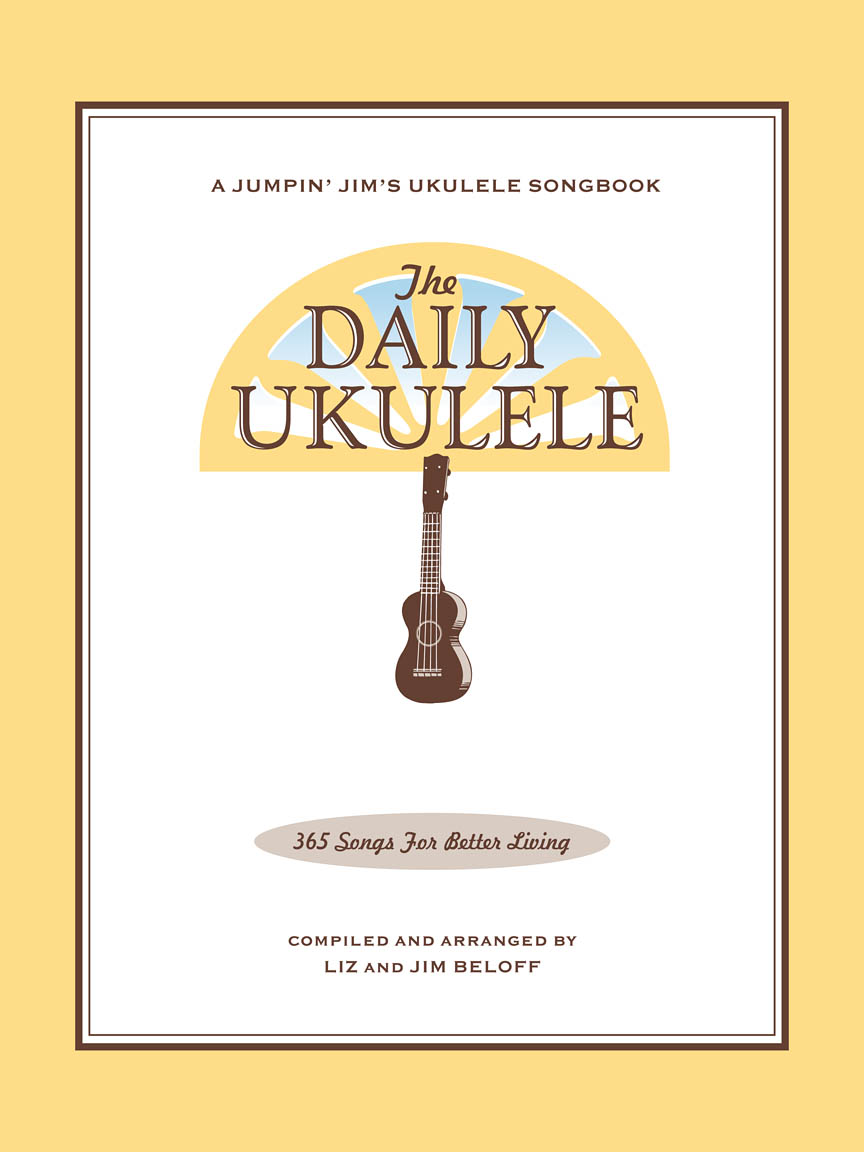
The Daily Ukulele— 365 Songs for Better Living book.








VI7
( V of II)
III7
( V of VI)
II7
( V of V)
II7
( V of V)
VI7
( V of II)
VI7
( V of II)
II7
( V of V)
* This turnback/turaround would more often than not be written as F6 F#dim7 | Gm7 C7 a I VI7 | II V . With the F#dim7 a Disguised Secondary Dominant
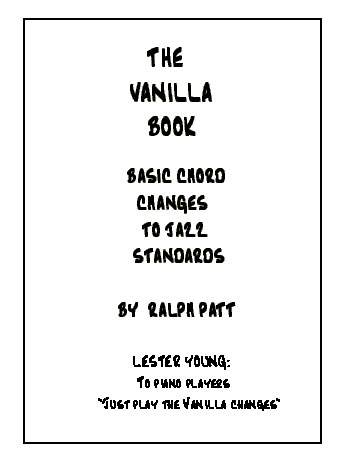
Vanillachanges for All Of Me • The Vanilla Book uncovers the basic ("Vanilla") chord changes to over 400 of the most commonly played jazz
standardsto help the jazz player learn the basic
changesand allow the player to add embellishments and substitutions on a solid framework.
Embellishments to basic chords such as added 6ths, 9ths, 13ths, flat 5ths etc. are usually determined by the melody notes and the style of music being played.

Key of C 4/4
[ C | C | E7 | E7 |
| A7 | A7 | A7 Dm | Dm |
| E7 | E7 | Am | Am |
| D7 | D7 | G7 | G7 |
|| C | C | E7 | E7 |
| A7 | A7 | A7 Dm | Dm |
| F | Fm | C Em7b5 | A7 |
| Dm7b5 | G7 | C | C |
A Harmonic Analysis (RMA/HA) and its worksheet are intended to show the function of the chords, the harmonic principles used, the keys and tonalities the song explores. And, can be used for scale selections and chord and scale substitutions.
lead leadsheet.Minimal roadmap information such as repeats, fine, D.S., D.C., and codas has been used in preparing the worksheets to somewhat mirror the leadsheet in the Daily Ukulele book.
Yellow Book. You should start to recognize that 1st endings typically always return to a previous verse or an
 section. With a 2nd ending, a transition to a different part of the song, a
section. With a 2nd ending, a transition to a different part of the song, a  or chorus. Harmonic Principles are used for these repeats and transitions.
or chorus. Harmonic Principles are used for these repeats and transitions.- All Of Me is in 4/4, Common Time and the Key of F .
- Full Diatonic
- Partial Diatonic • Full Diatonic includes Secondary Dominant chords
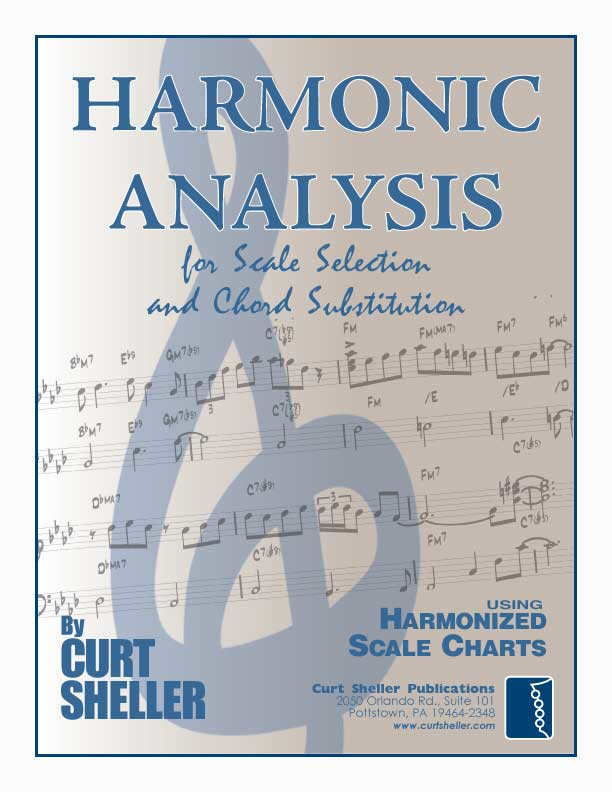
Contemporary Scales: Minor Pent: Minor Pentatonic, Pent: Major Pentatonic, Blues,
Scale/Mode Names: Ion: Ionian (Major), Dor: Dorian (Minor), Phrygian: Phrygian, Lyd: Lydian, Mix: Mixolydian (Dominant), Aeol: Aeolian (Natural Minor), Loc: Locrian
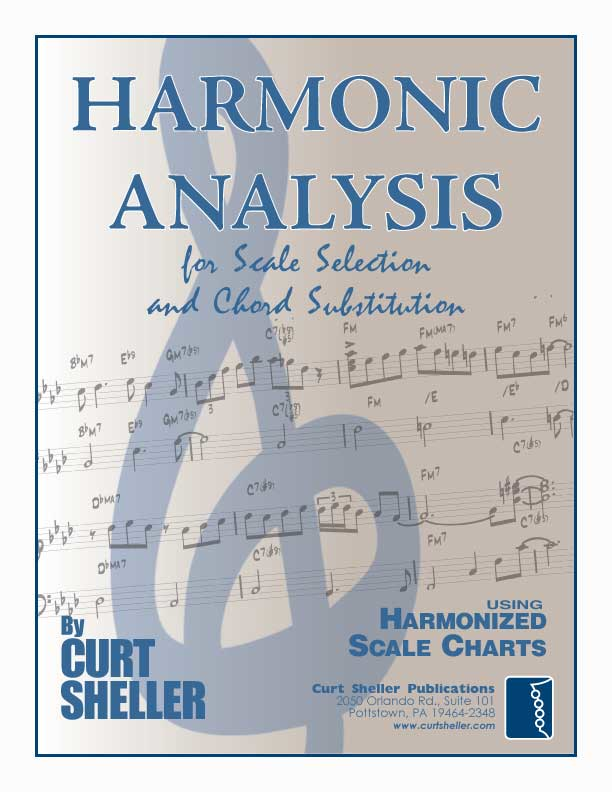
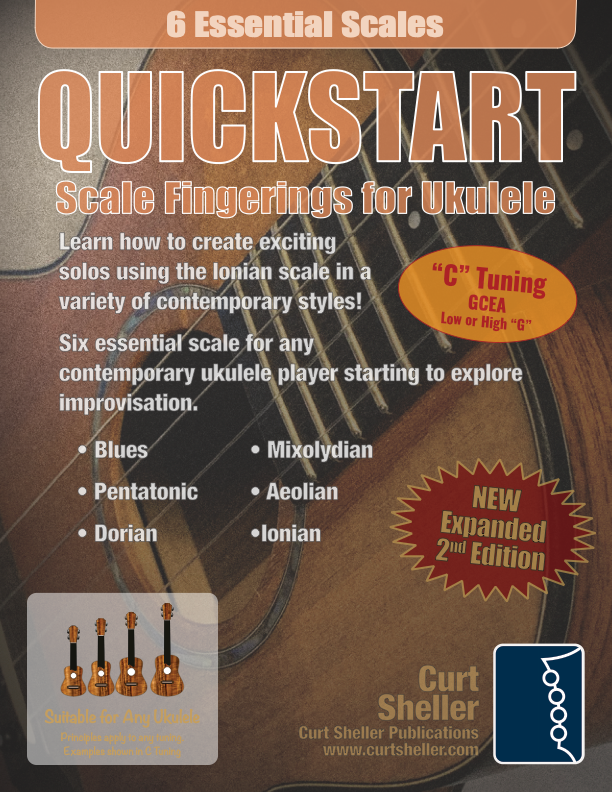
Performance Notes
Checkout the All of Me — Premium Play-along Track in the Key of C for a very cool ending.
Related Lessons, Videos, Lesson Series, Songs, Books & Reference Charts, Resources & Assets, Workshops are below.

Harmonic Analysis (HA), also known as the study of chord relationships, is the method used to identify the harmonic role of chords within a chord progression or song. A chord progression refers to a sequence of chords, with each chord having a root note and belonging to a specific chord type. The function of a chord within a particular scale's tonality is determined by its relationship to that scale.

Core Chords for Ukulele, The Big Six - From four F7 chord voicings or shapes, your can build your massive 4-part, a.k.a., “jazz” chord vocabulary. Beyond basic open position chords, basic movable form chords and a core set of 4-part chords. There are just too many chords shapes too memorize.
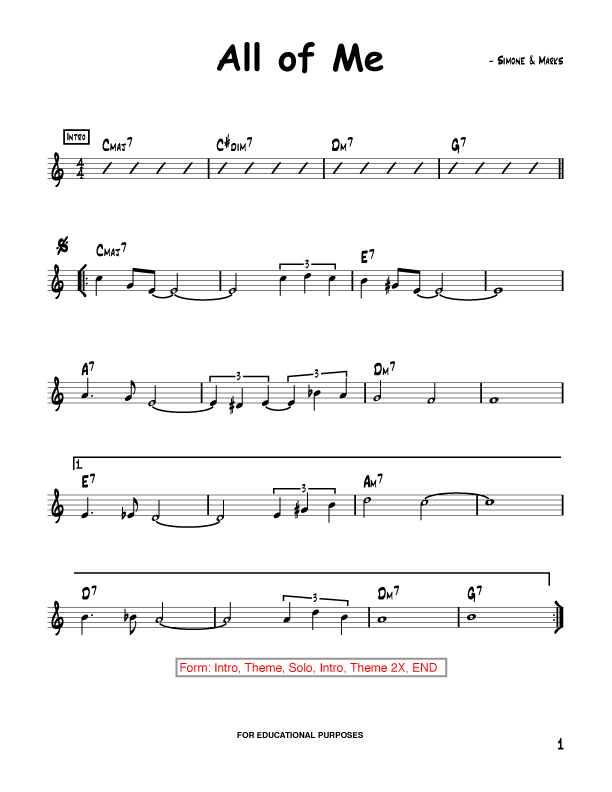
All of Me is a popular song and jazz standard written by Gerald Marks and Seymour Simons in 1931. First performed by Belle Baker over the radio and recorded in December 1931 by Ruth Etting, it has become one of the most recorded songs of its era, with notable versions by Russ Columbo, Bing Crosby, Billie Holiday, Louis Armstrong, Mildred Bailey, Benny Goodman, Teddy Wilson in 1941, the Count Basie Orchestra, Ella Fitzgerald, Sarah Vaughan (for the 1957 album, Swingin' Easy), Dean Martin, Frank Sinatra, Frankie Laine and countless more.

Harmonic Analysis is the understanding of the functional sequence of chords. It is the process used to analyze the harmonic structure of a progression, song or composition. This analysis is then used to make scale selections for improvisation and chord substitution.
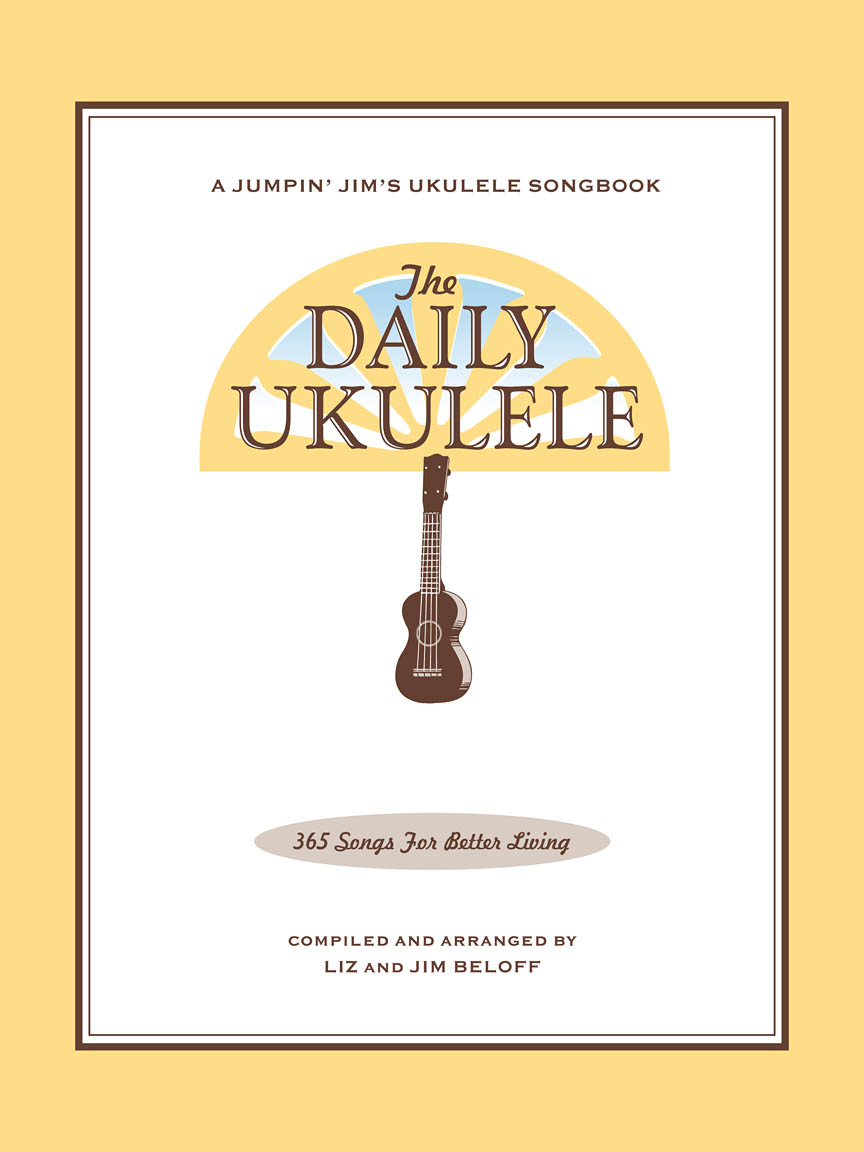
Strum a different song every day with easy arrangements of 365 of your favorite songs in one big songbook! The Daily Ukulele features ukulele arrangements with melody, lyrics and uke chord grids and are in ukulele-friendly keys that are particularly suited for groups of one to one hundred to play and sing.
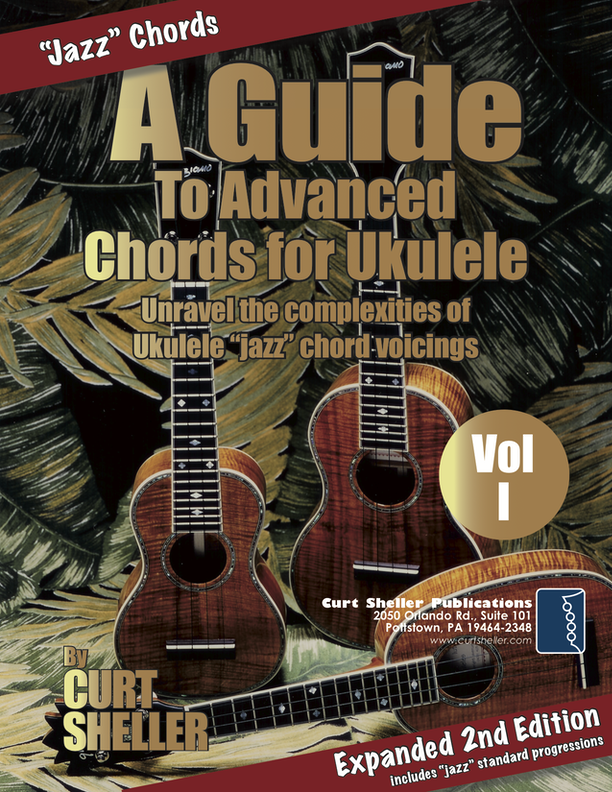
Beyond learning basic Ukulele chords, most players struggle with advanced chords. Commonly called "jazz" chords, these more sophisticated voicings find a wide use in all forms of music. A Guide to Advanced Chords for Ukulele - presents a highly organized and efficient approach to the mysterious subject of advanced chords. Chord dictionaries are not the answer.
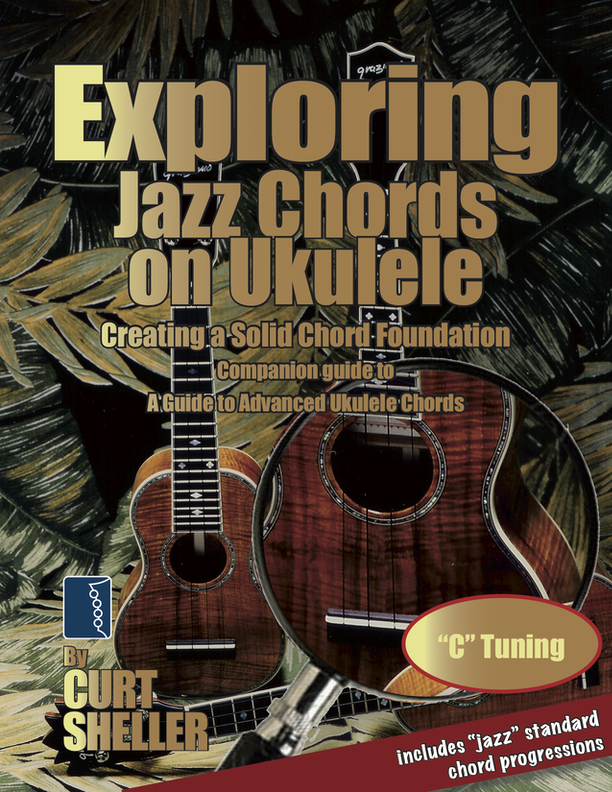
Exploring jazz chords using a variety of common chord progressions based on songs from the standard jazz repertoire. Core Chords are the basic set of chords needed to play a wide range of music, in a variety of styles. This set of chords includes basic open position chords, basic movable form chords and the core 4-part "jazz" chords.

Finally, learn the names of the notes of the ukulele fingerboard in C tuning .

Learn the six fingering principles to navigating the ukulele fingerboard. Fingering is one of the most universal topics. Book: Six Secrets of the Ukulele Fingering

Harmonic Analysis is the understanding of the functional sequence of chords. It is the process used to analyze the harmonic structure of a progression, song or composition. Book: Harmonic Analysis for Scale Selection and Chord Substitution

Learn to read single note melodies in the first/open position is a lot easier than you might think. Book: Ukulele – Reading Music Series – Primer

An organized collection of daily practice and reference material for the contemporary ukulele player for developing the vocabulary and knowledge necessary for single note playing. Book: Daily Practice Material for the Contemporary Ukulele
Checkout the Books & Reference Charts for additional Handy, Dandy Reference Charts.

Ukulele Fingerboard Chart for C Tuning, Low or High G – G C E A

Ukulele Fingerboard Chart for G Tuning, Low or High A – D G B E

A handy reference chart of all 15 major and relative minor key signatures. US Letter 8.5 x 11 sized (ANSI-A), A4
Checkout the Books & Reference Charts for additional Handy, Dandy Reference Charts.



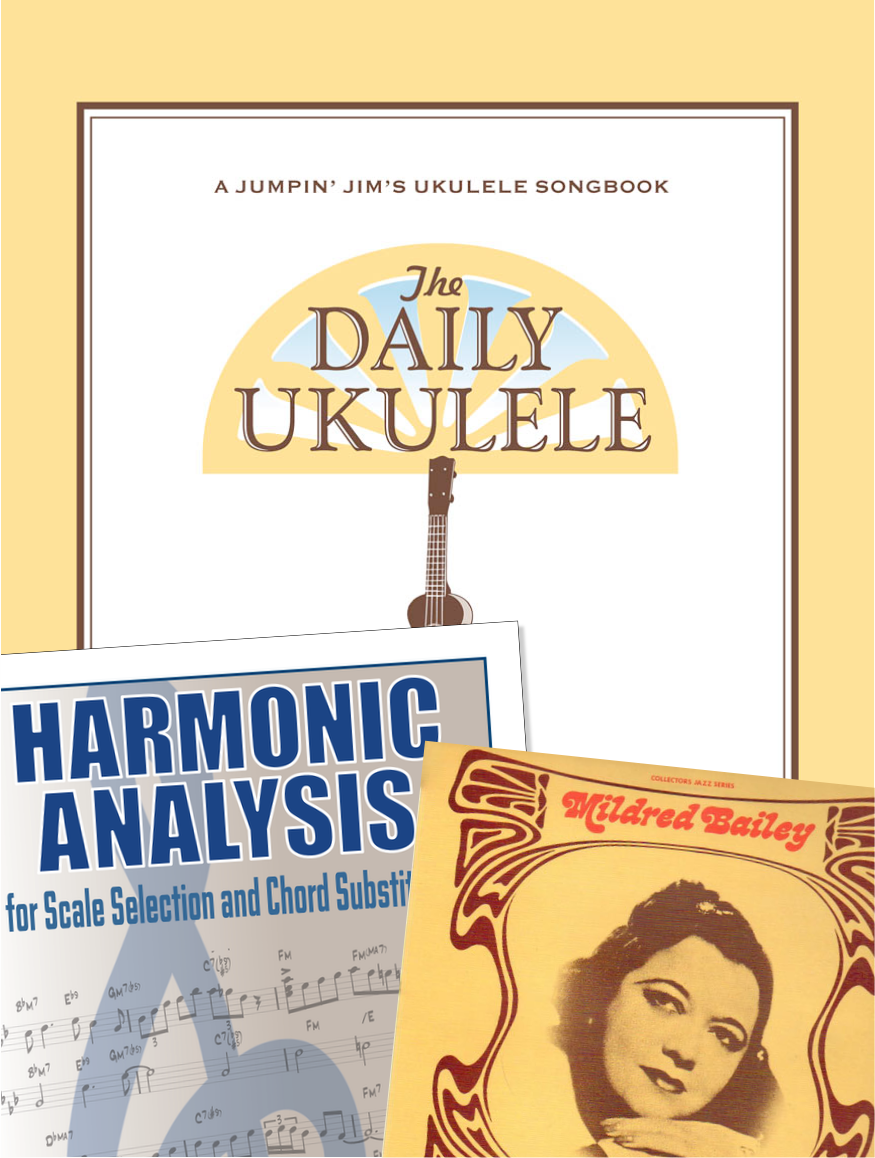


.jpg)